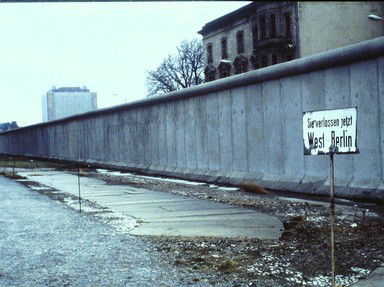
A Time For Peace Trivia Quiz
Berlin Border Checkpoints After WWII
At the end of WWII, the Allies were left with a difficult decision. How should they deal with the defeated Germany? It was split into four zones of occupation, which would ultimately result in a divided country. Was it a time for peace or more chaos?
A classification quiz
by ponycargirl.
Estimated time: 3 mins.
- Home
- »
- Quizzes
- »
- History Trivia
- »
- European
- »
- German